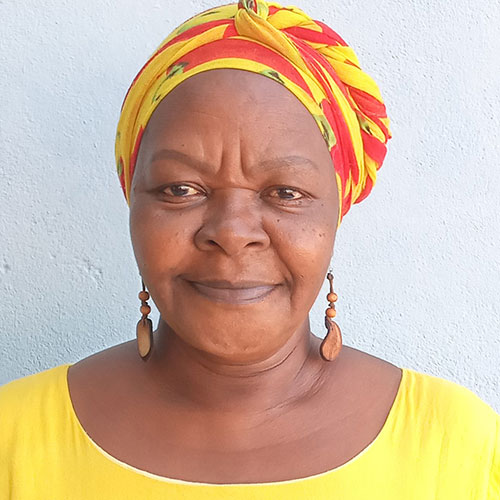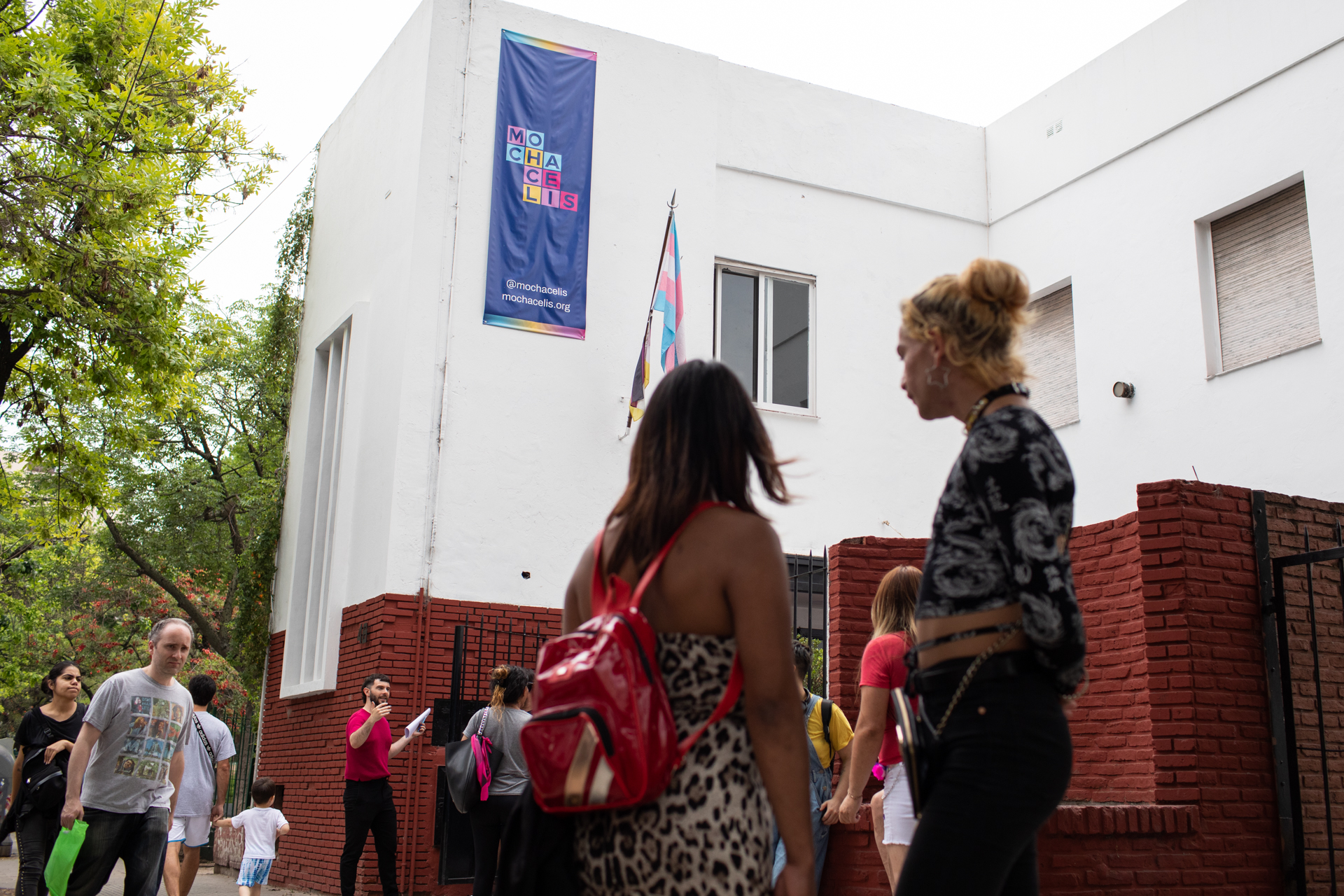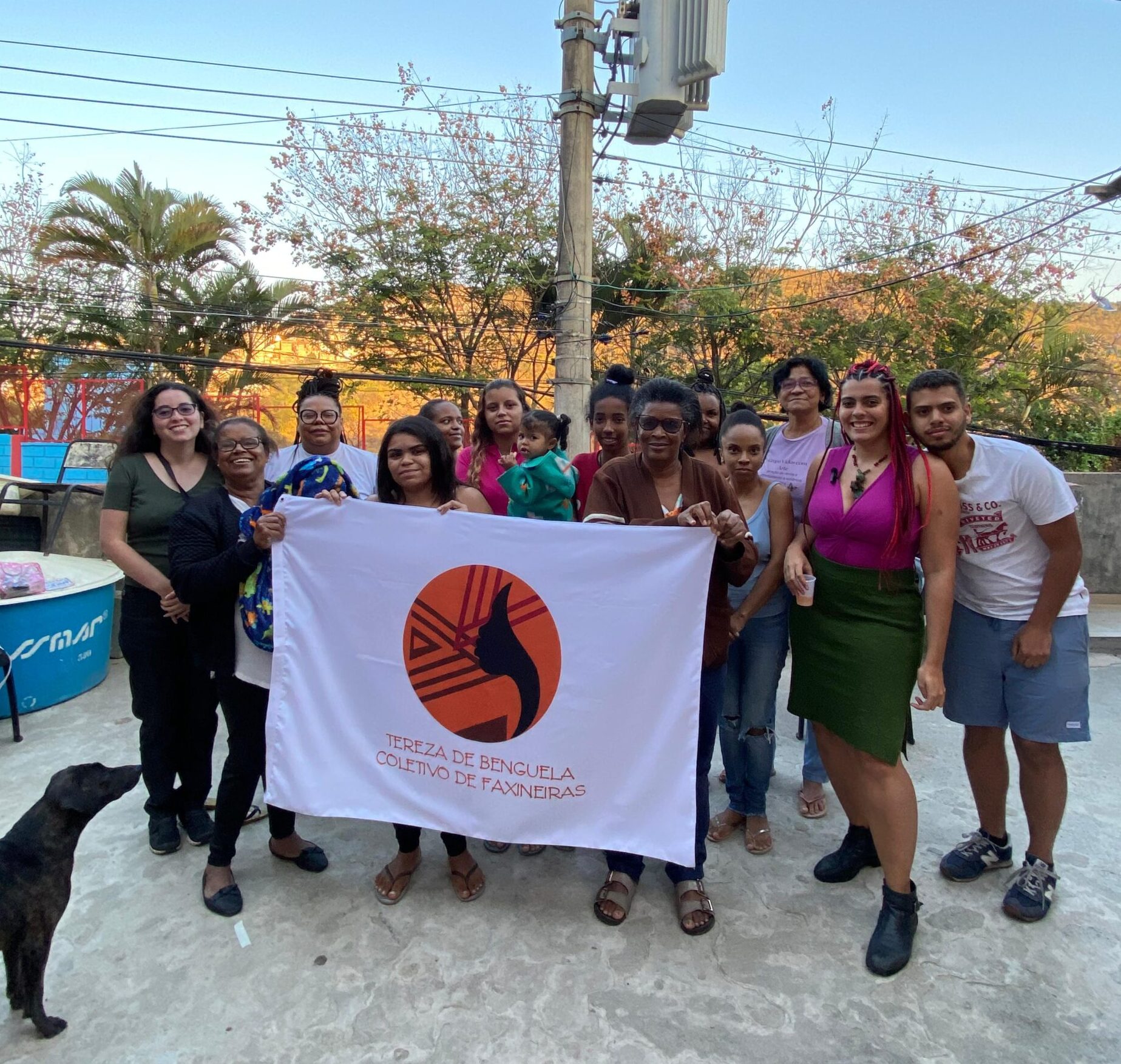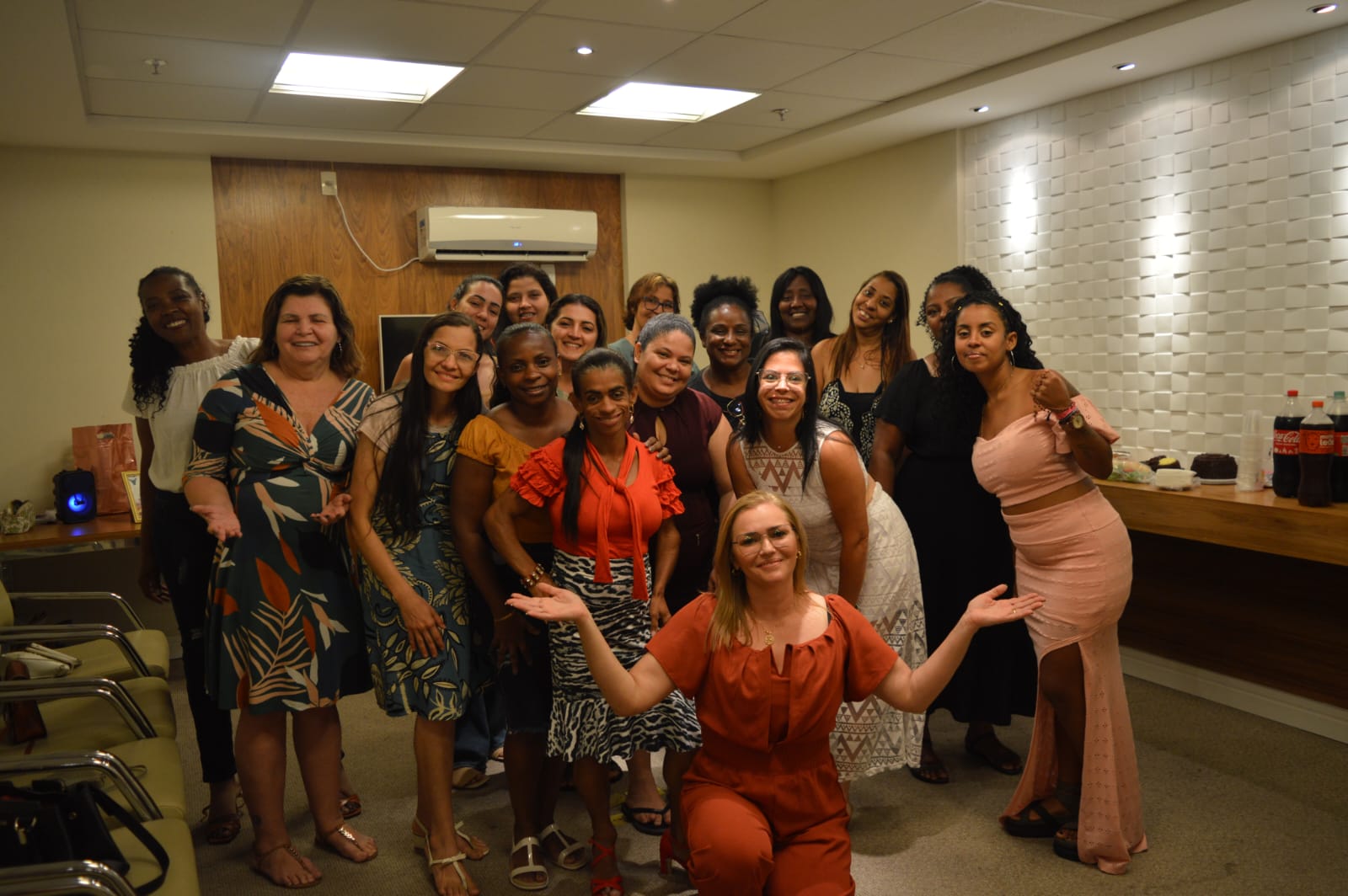Living tradition: Fair in Rio de Janeiro honors indigenous culture
The celebration took place on April 13th and 14th with a large event in Parque Lage, which included several activities, such as the Feira Indígena Cultural, with beautiful crafts, singing, and dancing
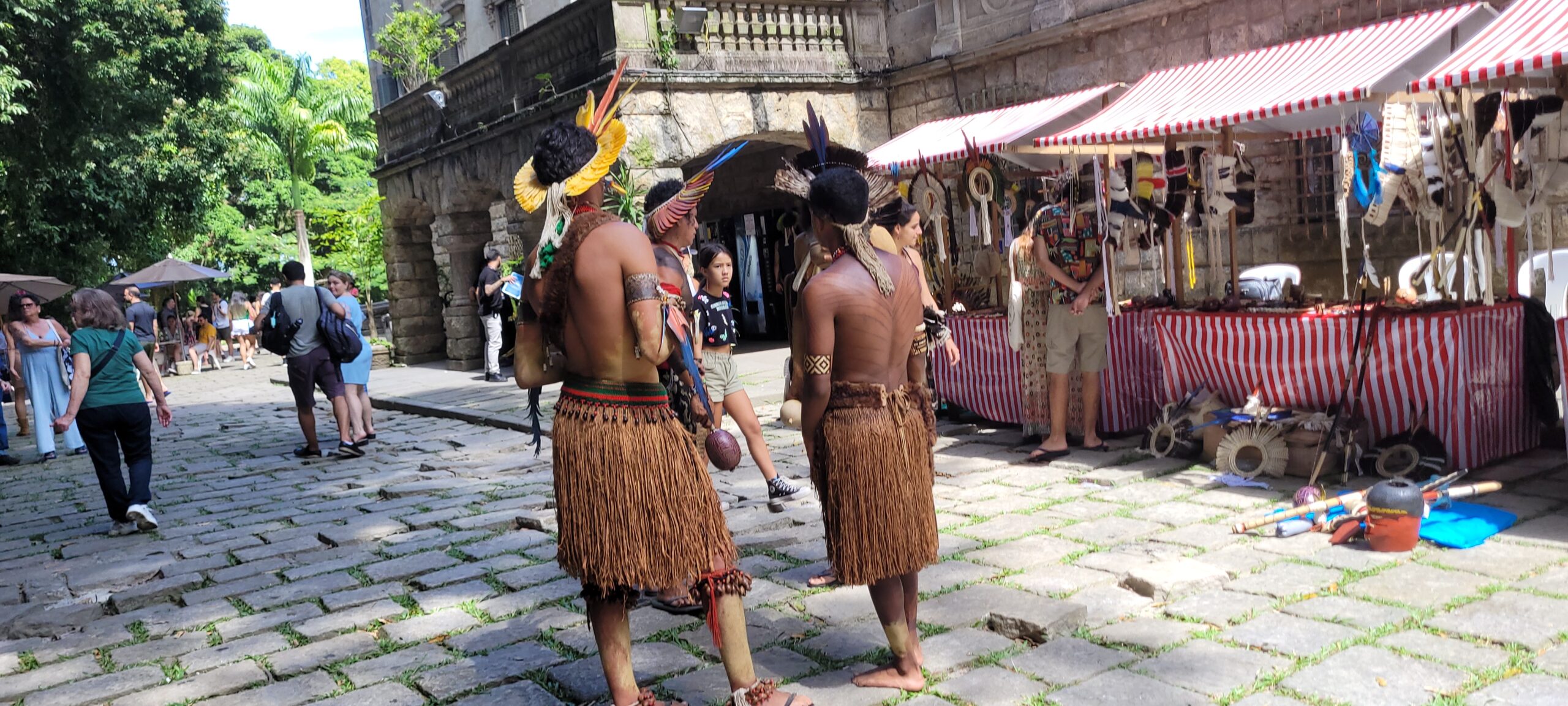
The month of April is known as Indigenous April because, traditionally, since the time of President Getúlio Vargas, Indigenous Day has been celebrated, currently known as Indigenous Peoples’ Day.
Recently, a series of festivities began to emerge, mainly focused on indigenous culture, such as the fair organized by the Associação Indígena Aldeia Maracanã, in Parque Lage, south of Rio de Janeiro.
According to indigenousist Toni Lotar, who has worked with various people from the Guarani Villages since the 1970s, the annual celebration of Indigenous Peoples’ Day began in Parque Lage in 2014.
As of 2015, another event was added, also annual, which takes place on August 9th, celebrating the International Day of Indigenous Peoples, established by the United Nations (UN). This date includes all indigenous peoples around the globe.

Diversity of indigenous culture
Toni Lotar talks about the fair, which takes place during the festival: “it is made up of 100 stalls with different types of crafts. In total, around 400 indigenous people participated, representing more than 30 peoples in Brazil.”
“The event has two main objectives: the first is to show the people of Rio and tourists the strength and diversity of indigenous culture, which is very strong; the second is to function as a source of income generation, as the main economic activity of indigenous peoples is the production and sale of the art they produce. The fair achieves both of these objectives,” he explains.
Who organizes the commemorative festival is the Associação Indígena Aldeia Maracanã, created in 2014, of which Carlos Tucano, born in São Gabriel da Cachoeira, Amazon, is the chief and Marize Guarani is president. The fair is not just about selling art, it is a festival of strong colors, powerful songs, which invite you to join them in a frenetic dance that almost every moment begins in some space of the event.
There are indigenous children playing, always close to their mothers; lots of smoking with aromatic herbs for spiritual cleansing, sharing forest medicine, body painting, fun and cultural workshops, as well as telling the stories they heard from their ancestors.
Lectures also take place, and indigenous people offer their handicrafts for sale, which makes it possible to bring resources to their villages, so that they can survive with dignity. But, above all, they celebrate life with great joy and salute Mother Earth. The entire time the fair lasted, the air was filled with music, birdsong produced by incredible instruments made of wood or bamboo, and screams. Lots of screams of joy. Or would they be war?

Spreading knowledge
Iracema Pankararu, from Pernambuco, present at the fair with her indigenous delicacies, from her land, has lived in Rio for 30 years, works in events aimed at her people and sells puba cake, which is a dough extracted from fermented cassava, cornmeal, mungunzá and other delicacies, says she feels very happy to be able to sell her merchandise and bring sustenance to the village.
Tainá, from the Pataxó ethnic group, coming from the extreme south of Bahia, talks about the event: “My village is located in the Centro Nacional do Monte Pascoal, in Barra Velha, and this event is happening to promote our culture, expand and talk more about our peoples and our importance as native Brazilians”.
Tainá came from Bahia accompanied by other “relatives”, as they call each other, for the festival, and as she says, they are always traveling to other states and then returning to their villages. During this period, among other practices, they tell the true story of Brazil.
These events are not sponsored, they are carried out in the form of a joint effort by the participating indigenous people, where the costs are shared between them.
“It would be very important for someone to help us by supporting us, even with a small amount of help; any collaboration already makes a difference. This way, we could improve the structure of the fair. With sponsorship, we will be able to invest more, cause a greater and more efficient impact, and attract a larger audience”, concludes Toni Lotar.
Did you like it? Follow the Associação Indígena Aldeia Maracanã
You can also support by liking, following and sharing the association’s profile on Instagram. For more information, send a message in direct.
If you liked it and believe in the cause of original peoples, support it! Donate any amount using Pix key 21.714.751/0001- 40 (institution’s CNPJ). Support and sponsorship from companies are also welcome.
